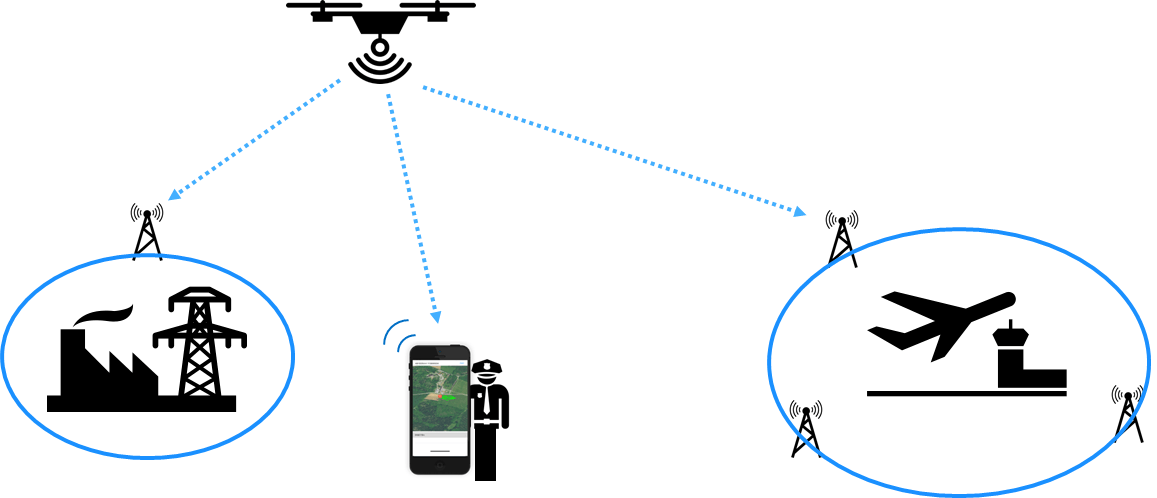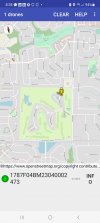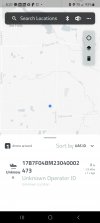I went through several threads from last year that didn't address my questions, so here goes:
1) I updated my firmware yesterday on my Air 2S. I also updated the controller firmware with DJI Assistant to be sure.
I do see the Remote ID number in the settings. I wanted to see if this really works.
I took it out to the park to fly it last night, got it up in the air, and launched DroneTags's Drone Scanner app.
Nothing detected.
Question is: is the Air 2S supposed to be broadcasting RID signals now? Or it's expected to turn on magically before 9/16?
2) I don't understand what hardware is already built in. Was DJI just looking that far in the future to include a RID module?
Question is: Are they just using the existing transmission to the controller to satisfy RID, or is this really some different hardware that's currently unused?
1) I updated my firmware yesterday on my Air 2S. I also updated the controller firmware with DJI Assistant to be sure.
I do see the Remote ID number in the settings. I wanted to see if this really works.
I took it out to the park to fly it last night, got it up in the air, and launched DroneTags's Drone Scanner app.
Nothing detected.
Question is: is the Air 2S supposed to be broadcasting RID signals now? Or it's expected to turn on magically before 9/16?
2) I don't understand what hardware is already built in. Was DJI just looking that far in the future to include a RID module?
Question is: Are they just using the existing transmission to the controller to satisfy RID, or is this really some different hardware that's currently unused?















